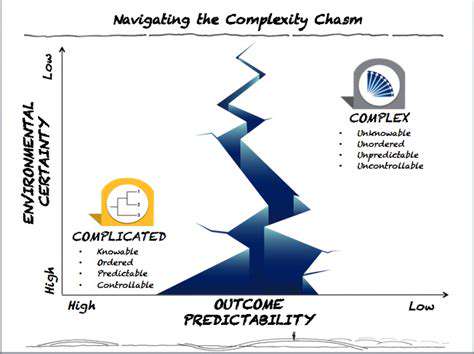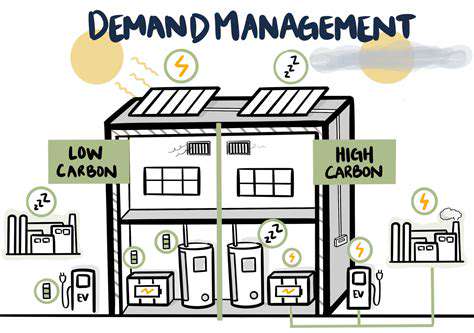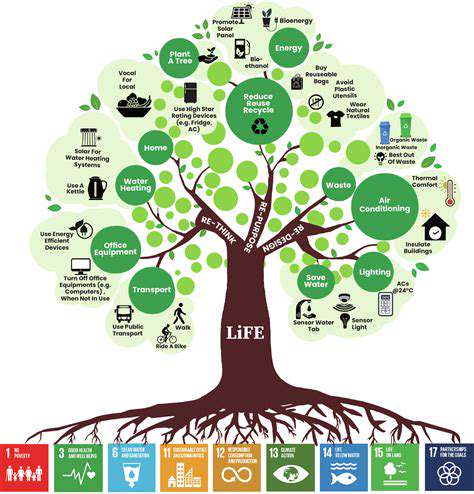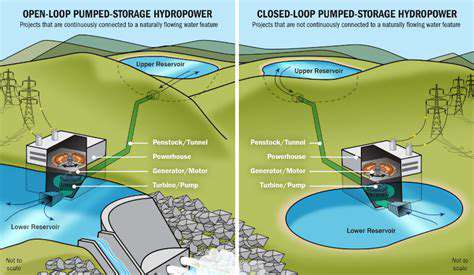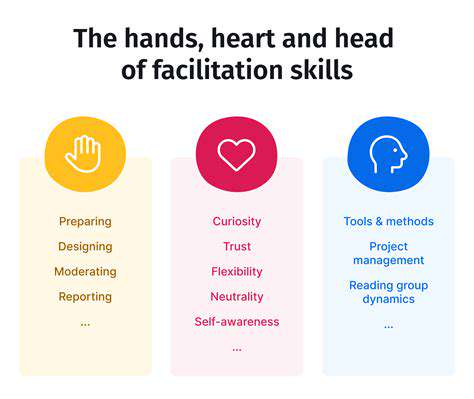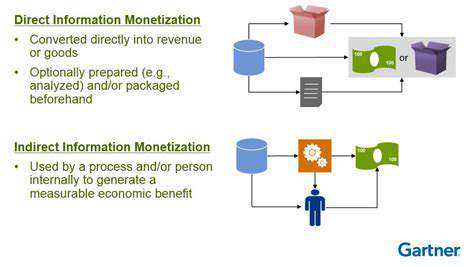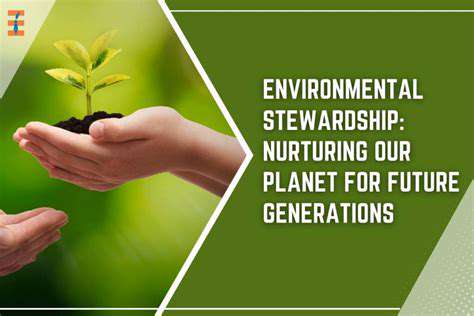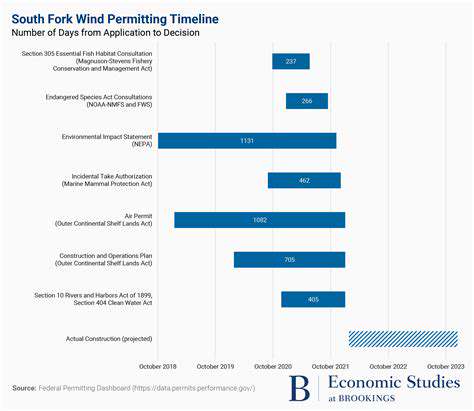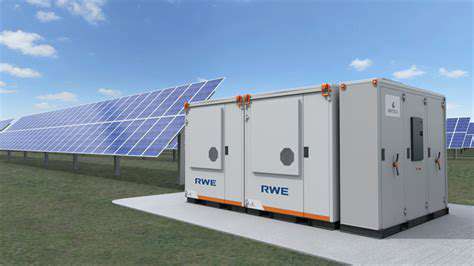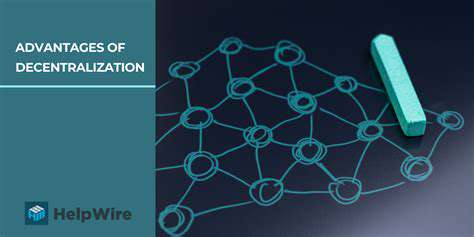Precision Agriculture with Renewable Energy Integration
Farmers today are increasingly turning to precision agriculture, a revolutionary system that blends cutting-edge technology with traditional farming practices. Unlike conventional methods that treat entire fields uniformly, this approach employs geographic information systems (GIS) and advanced data analytics to tailor interventions to specific areas. The core idea is simple yet powerful: apply the right resources, in the right amounts, at exactly the right locations. This shift from blanket applications to targeted treatments represents a fundamental change in how we cultivate crops.
Consider how this works in practice. Through detailed soil sampling and continuous monitoring, agricultural professionals can detect subtle variations across their land. This granular understanding enables remarkable efficiencies - perhaps applying nitrogen fertilizer only where soil tests indicate deficiencies, or adjusting irrigation based on precise moisture readings. Such precision not only boosts yields but also addresses growing environmental concerns about agricultural runoff and chemical overuse.
Key Components of Successful Precision Farming Systems
The technological backbone of this agricultural revolution includes several critical elements. GPS-enabled machinery now allows for centimeter-level accuracy when planting, fertilizing, or harvesting. Soil sensors provide real-time data on moisture and nutrient levels, while drone imagery reveals crop health patterns invisible to the naked eye. Perhaps most importantly, these technologies generate vast amounts of data that, when properly analyzed, yield actionable insights for farmers.
Remote monitoring deserves special attention. Advanced imaging techniques can detect plant stress days or weeks before visible symptoms appear. This early warning system enables preemptive action, whether adjusting water delivery or addressing pest infestations in their earliest stages. The cumulative effect? Healthier crops, reduced waste, and improved bottom lines for farm operations of all sizes.
Balancing Opportunities and Implementation Hurdles
While the benefits are compelling, adopting these advanced systems presents real challenges. The initial investment in equipment and training can be substantial, particularly for smaller operations. Moreover, the shift from experience-based to data-driven decision making requires both new skills and a cultural adjustment for many in the agricultural community. The most successful implementations often involve phased rollouts, combining pilot programs with comprehensive training initiatives.
Technical support infrastructure proves equally crucial. Reliable internet connectivity in rural areas, access to analytical expertise, and ongoing system maintenance all factor heavily into long-term success. Yet for those who navigate these challenges, the rewards include not just economic gains but also the satisfaction of practicing more sustainable agriculture that protects vital natural resources for future generations.
Data-Driven Decision Making in Precision Agriculture
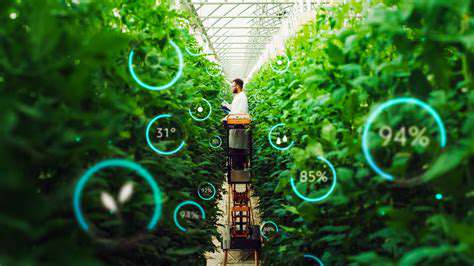
Transforming Raw Data into Farming Intelligence
Modern agricultural operations now generate staggering amounts of data from multiple sources - equipment sensors, weather stations, soil probes, and satellite feeds. The true challenge lies not in data collection, but in distilling this flood of information into clear, actionable guidance. Effective systems employ sophisticated filtering algorithms to separate signal from noise, ensuring farmers receive only the most relevant insights for their specific operations.
Quality control measures form the foundation of reliable analysis. Cross-validation techniques verify sensor accuracy, while historical comparisons help identify anomalous readings. This rigorous approach to data integrity prevents costly mistakes that could arise from acting on faulty information. The result is a decision-support system that farmers can trust when making critical choices about resource allocation and crop management.
Predictive Analytics: The Crystal Ball of Modern Farming
Advanced modeling techniques now allow agricultural professionals to peer into the future with unprecedented clarity. By analyzing patterns across multiple growing seasons, these systems can forecast pest outbreaks, predict yield potentials, and even suggest optimal planting dates. Machine learning algorithms continuously improve their predictions as they process new data, creating a virtuous cycle of increasing accuracy.
The practical applications are profound. A vineyard manager might receive alerts about impending disease risks based on humidity patterns and vine physiology. Or a corn grower could access yield projections that inform harvest logistics and marketing strategies. These forward-looking capabilities transform farming from reactive to proactive, potentially saving entire crops from preventable losses.
Managing Agricultural Risks Through Data
Every farming operation faces myriad risks - weather extremes, market fluctuations, pest invasions. Modern data systems provide powerful tools for both assessing these risks and developing mitigation strategies. Scenario modeling allows farmers to test different approaches virtually before implementing them in the field. This what-if capability is revolutionizing agricultural planning, reducing guesswork and improving outcomes.
The most effective systems integrate multiple data streams to provide comprehensive risk profiles. Soil moisture data combined with weather forecasts might trigger irrigation adjustments to prevent drought stress. Market trend analysis paired with yield projections could inform crop selection decisions. By viewing their operations through this multidimensional risk lens, farmers gain the confidence to make bold, informed decisions that maximize both productivity and sustainability.
